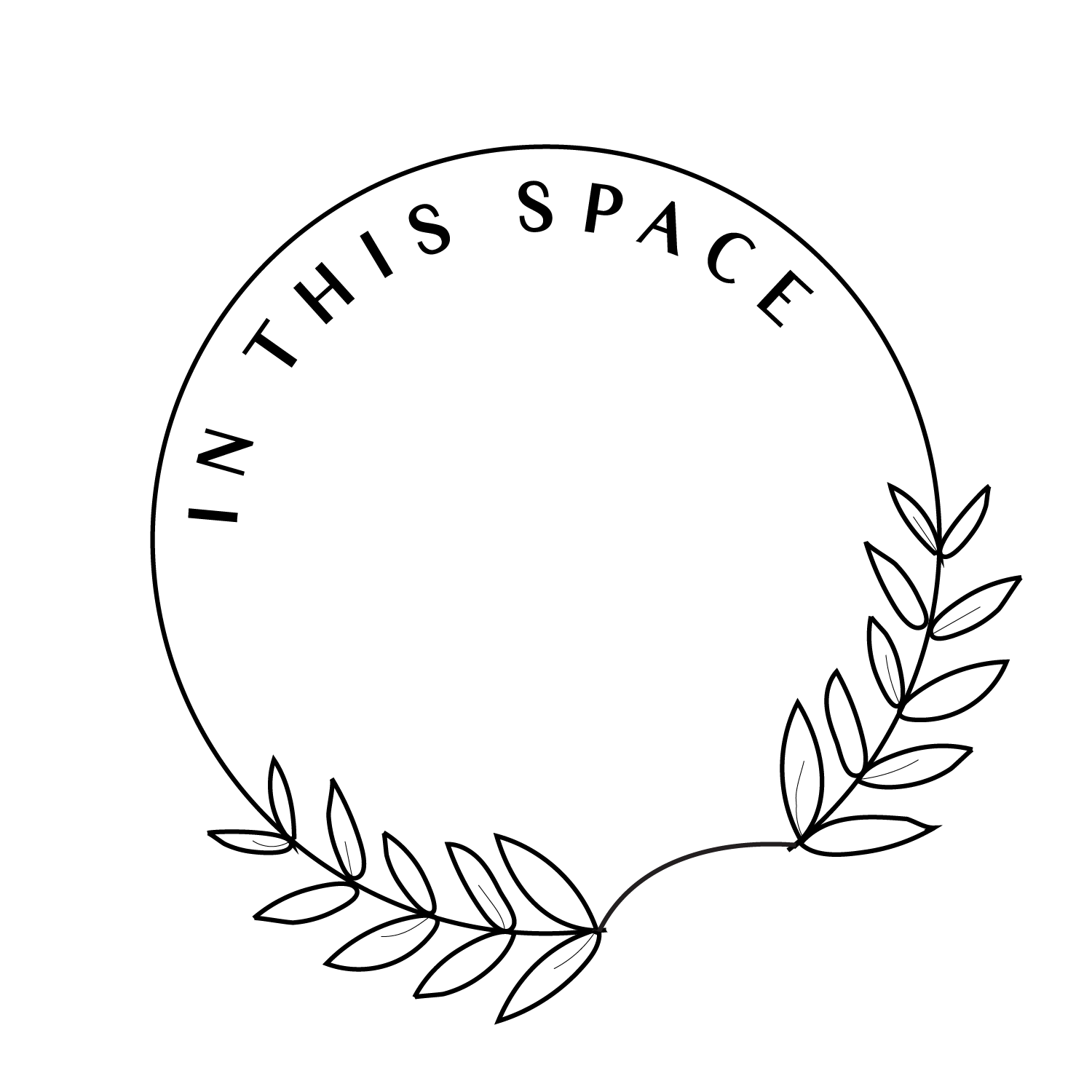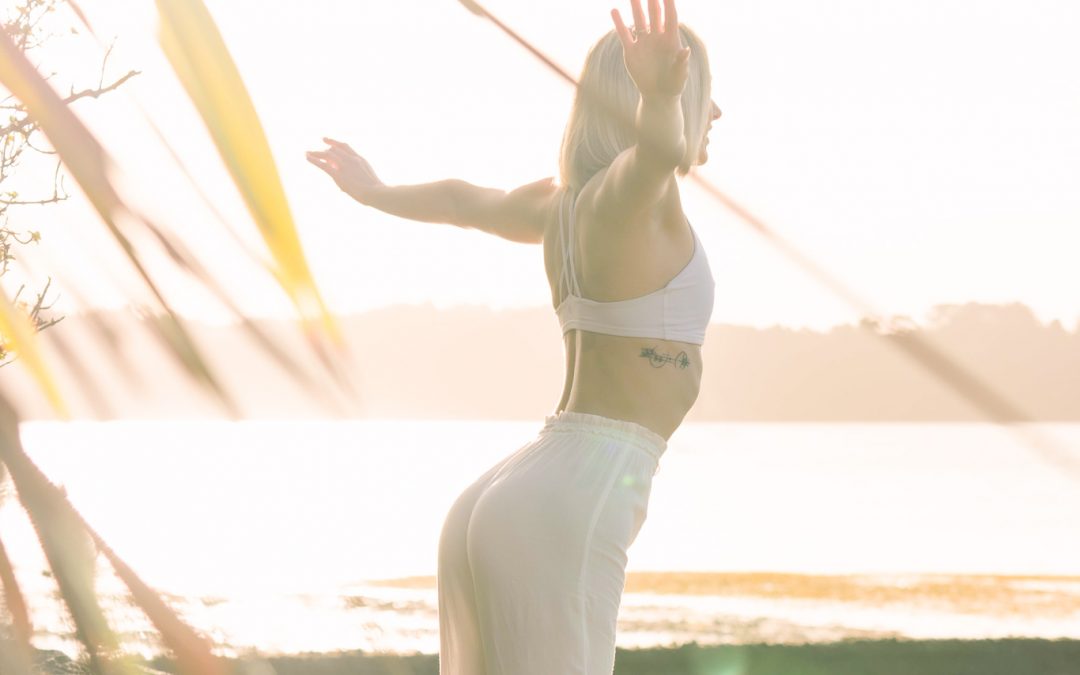As a yoga instructor my email inbox is often filled with yoga jokes sent to me by my family, friends and students. “Hey, Jacine, have you seen this one?” or “Can you do this too?” Recently, I was sent a clip of a six-foot yogi who was able to contort his body into a 2 1/2 foot square box. And yes, the question to me was, “Jacine, can you do this too?” The question in my mind was “Why on earth would I want to do this?” And that in turn inspired me to write this blog.
So often, yoga is misinterpreted as being a practice solely for the physical body, of being flexible and of having the ability to move one’s body in almost impossible ways. If a person can do this, surely they must be a great yogi. Yet, according to yoga philosophy, if this is the goal of your practice, then you have not achieved yoga at all. Yoga is the integration of the body, breath and mind. No matter how flexible your body may be. If you haven’t achieved this beautiful awareness of connecting movement to breath, then what you are practicing is something different all together. A practice only for the external experience – what can I do with my body and how does that look? Practicing yoga however, is about the internal experience, of going within, of listening to your breath and connecting to it, letting your breath be your guide and moving from there. It’s about moving into a place of deeper listening, and then learning to live from that place everyday of your life. This is what some may call being centred, and I can tell you, it’s no easy task staying centred – living our human lives. It is very easy to be thrown out of balance or off your centre as we experience LIFE.
For me, this is what draws me to the practice of yoga. It helps keep me aligned and centred, so that when I am faced with situations that cause me to feel irritated, or I experience a flicker of anger, worry or frustration, I recognize these emotions as something I need to work on in my life. Without judging myself or others, just something I need to work on to bring myself more into a state of balance. This is not to say that feeling negative emotions means we are off balance or not centred. This is only being human. Rather, it is how we choose to deal with what has been placed in front of us that determines how centred we are. Are we reacting or are we responding to a situation? Are we spending our day dwelling on negativity? What we focus on only expands, and so if we spend our days re-running the negative script, this only serves to attract more of the same into our lives. We become unbalanced. Similarly, if our reaction is to hurt others with our words, then we are not coming from an aligned place of being. This is yoga. Recognizing ourselves. Yoga teaches us to recognize these times, and when there, to recognize there are choices to make, to “respond” rather than “react”.
So what does the word yoga mean? There are several interpretations to it’s meaning. According to ancient Indian thought, at it’s core yoga is about the ability “to see”, to “view” (even “point of view”), “perspective” or a certain way of “seeing”, relating to moving into that deeper place of listening that gives us the opportunity to recognize ourselves a little more, a little better. Over the centuries, a common interpretation of the word has become “to yoke” or “unite” – a more physical definition. But another meaning is to “bring the pieces of the mind together”, that is, directing our thoughts into a single focus, so they come together into an intention. This now becomes yoga. As we move into the physical postures, we bring this intention, along with our awareness and our breath, into each movement. Now we are practicing yoga. As we move into each of the postures, we look within, observing what our body is doing and how we respond to the challenge. How do I feel? What am I thinking? What’s coming up for me? We do this for ourselves, not something for others to look at. It’s here that we move into a deeper meaning of who we are, learning something deeper that was not known before.
And from here we can learn to maintain the balance of being comfortable in a posture while being strong and steady. Stirrha – Sukha. When we practice the balance of stirrha – sukha in yoga class, we learn to bring this element into our daily lives. Stability and steadiness balanced with comfort and flexibility.
It’s from here the practice of yoga begins. You become yoga.
Namaste,
Jacine

